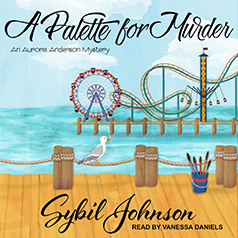Prior to the arrival of the internet and computers, publishing a book was a very complicated and expensive proposition, something not to be undertaken on a whim. For those who either couldn’t find a publisher for their book, or just wish to go their own way, it could be done, but there was a hell of a lot to learn. The costs were also pretty steep.
I’ve mentioned before that I self-published my first two books. Part of this was impatience because the wheels of the book publishing industry grind ever so slowly, but equal to that was what I felt was a smart business model: get my feet wet, garner some reviews (trusting they would be favourable) and figure out how the book business works from the inside out.
Only problem was, each of those first two novels (1000- and 1500-book print runs) cost me north of $10,000. It could have been a lot higher, but having grown up in our family printing business, I could do most of the design work on my own. All I had to fork over cash for was the printing of the books, and covering after-printing costs (delivery, storage, fulfillment, promotion).
That’s a lot of dough, though, isn’t it? The goal was always to use this endeavour to secure a publishing deal with a “real book publisher.” Happily, it all came together for my third novel — and incidentally, I was later told that if I’d submitted my second novel, they would have published that too. My first novel remains my much-loved but ugly child.
Now, though, it doesn’t cost much at all to get a book out, the price of a modest vacation, halved and you have the choice of publishing a real book (via print-on-demand) or an e-book, costing way less. With these production costs, even modest sales can generate a profit. What could be better?
Well, this: a lot of self-published books are truly awful. I’m talking here about workmanship. Writing is not just about throwing words onto a page. It’s about careful craftsmanship, patience and hard work, and that takes knowledge of the craft as the willingness to have your work edited — including the criticism that comes with that. You must be prepared for that. Do you wish to be good — or right?
Sure, if you want to publish a book of family history and have a few copies done up for relatives and friends, great. Go for it. (I’ve done two family recipe books and photo books for my two grand children.) But if you’re expecting to become an overnight sensation, think again. The chances of that happening are probably equal to winning the big lottery. All of the authors here on Type M have learned their writing craft through hard work and long hours, and none of us are household names (except in our own households). We don’t have million dollar bestsellers, Hollywood producing movies based on our works. Self-publishers, if it happens to you, be it known that I will be thrilled for your good fortune.
But the other big issue the wild west nature of current book publishing has created is a major muddying of the marketplace. With huge numbers of books being released due to the explosion of self-publishing, how do readers know what to buy? What is quality and what is utter shite? That is a real problem not only for those self-publishing, but also for those who are being traditionally published. It’s nearly impossible to sort the wheat from the chaff.
Am I against self-publishing? Absolutely not! I think it’s a great thing. Writers have been emancipated and you can hold your authorial destiny in your own two hands.
But please do your homework! Purchase the help of an experienced editor and listen to what they say. Don’t be satisfied until your craftsmanship is the very best you can achieve.
The rest of us will thank you!























